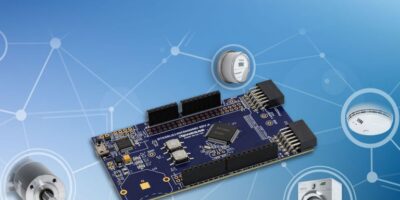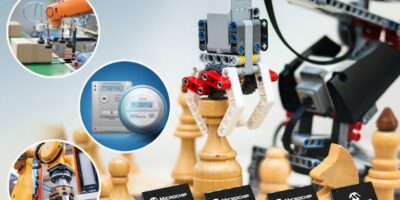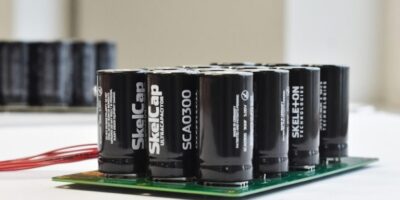For rapid product development, Renesas has introduced the RL78/G14 Fast Prototyping Board. This inexpensive, function-rich board is designed to enable rapid product development for IoT endpoint equipment. Quicker development prototyping and lower costs allows users to respond to rapid changes in technology and market needs, and reduces the time to market window for new products, says the company. Renesas also introduced the RL78/G1D BLE Module Expansion Board, which users can combine with the new prototyping board to easily add Bluetooth Low Energy wireless communication functions.
The new prototyping board is based on the RL78/G14 microcontroller, which provides the richest set of functions in the low-power RL78 family. It is suitable for motor control in portable equipment and IoT sensors as well as a wide range of IoT endpoint equipment, such as home appliances, industrial equipment, building automation and healthcare equipment.
Previously, the RL78/G14 starter kit and target boards required an external emulator. There were additional costs associated with high performance versions. The RL78/G14 Fast Prototyping Board is priced to be affordable, says Renesas and has an on-board emulator circuit with the same functions as the E2 Emulator (E2 Lite), so the user does not have to purchase additional debugging tools. The board provides access to all of the RL78/G14 signal pins and includes Arduino and Pmod interfaces for easy functional expansion.
By combining a Semtech SX1261 or SX1262 LoRa transceiver with this prototyping board, it is possible to prototype for IoT sensor devices using wireless communication based on LoRa with extended period battery drive, advised Renesas. The company also provides circuit diagrams, parts lists and user manuals necessary to jump-start development, in addition to sample code and application notes related to these products.
The RL78/G14 is the most powerful microcontroller in the RL78 family, achieving a numerical processing performance of 51.2DMIPS at 32MHz. It includes up to 512kbyte of flash memory and up to 48kbyte of RAM. It provides functions such as timers and 8-bit DACs. In particular, it achieves the industry’s lowest levels of current drain, 66 microA/MHZ, when the CPU is operating and 240nA in standby mode. This microcontroller is optimal for battery-powered portable equipment and IoT sensor terminals, as well as a wide range of IoT endpoint equipment.
Both boards are available now.







